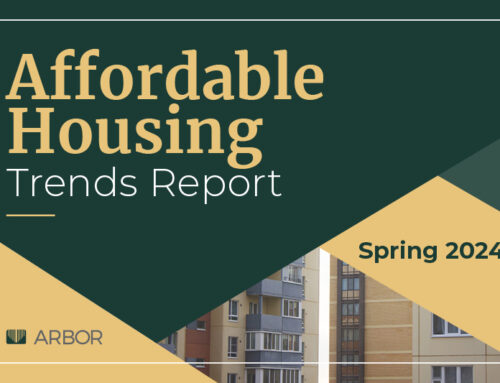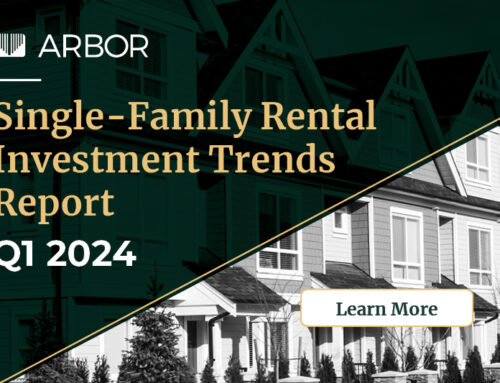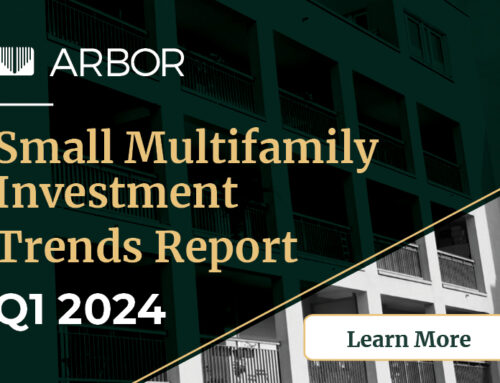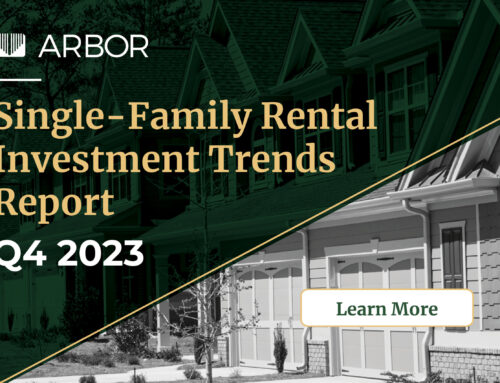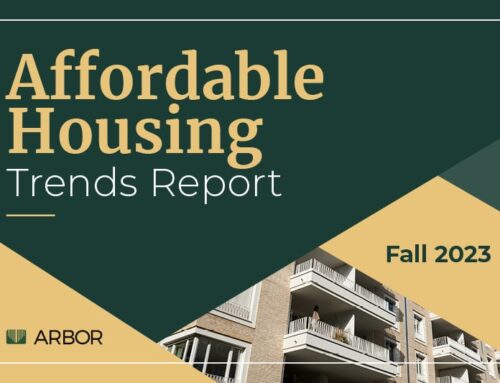This week’s roundup takes a look at the impacts of coronavirus (COVID-19) on commercial real estate, the top cities attracting millennial renters, U.S. apartment performance. First, Real Capital Analytics examines how COVID-19 and the resulting economic slowdown could affect CRE, and why the industry is better prepared than in the previous recession. Next, the Arbor Chatter blog highlights where millennial renters are flocking to, including metros with strong job markets and affordable rental options. RealPage reports that the apartment market continued to perform well in February, with national occupancy remaining at 95.5%. Then, another Chatter blog provides insights into how developers can make affordable housing deals pencil while providing much-needed supply to renters. Finally, MBA notes that the share of renters considered “cost-burdened” has declined in markets with strong labor markets and growing supply of rental housing.
The Show Must Go On: CRE in a Coronavirus Slowdown
Real Capital Analytics – March 9
“Property income is going to be challenged. However, there have been fewer investors in CRE in this economic expansion using such risky debt.”
Medium-Sized Metros Remain Top Draw for Millennial Renters
Arbor Chatter – March 10
“While Gen Z is emerging as a source of multifamily demand, millennial renters still dominate the apartment market across a variety of metros.”
U.S. Apartment Performance Holds Steady in February
RealPage – March 11
“Rent growth in February averaged 2.9% annually across the U.S. That rate sits a bit below the 3.2% seen in February 2019 but matches the three-year average.”
Making Affordable Housing Yield Profits
Arbor Chatter – March 12
“With rising construction costs, a New York Build 2020 Expo panel shared their thoughts about an industry concern: How can affordable housing yield profits?”
Single-Family Rental Returns, Rent Burdens Slip
MBA – March 11
“Some common trends emerge when examining the top 10 markets in which the share of rent-burdened households declined the most, including strong wage growth, rising supply of rental properties and low to moderate rates of rent growth.”



